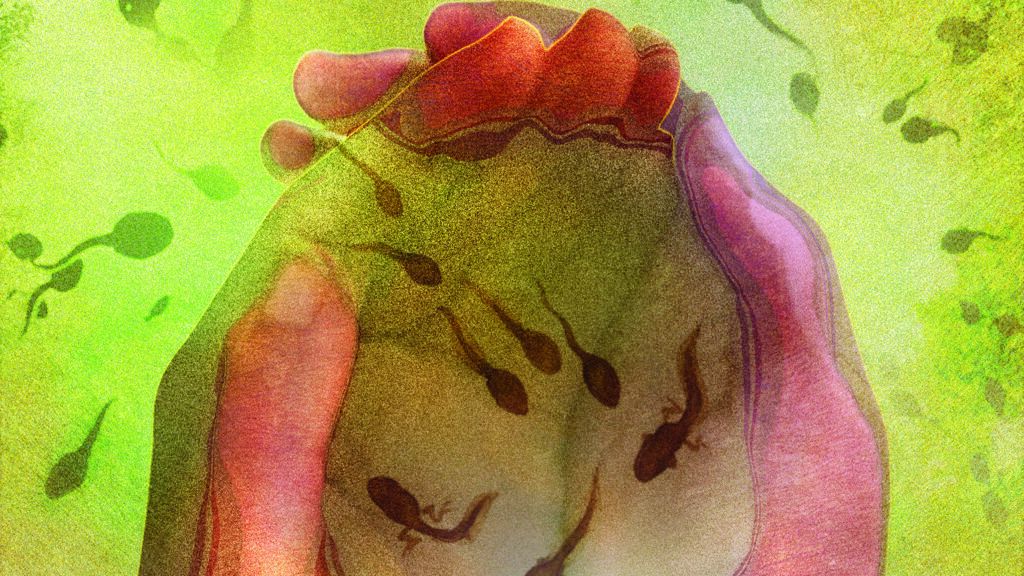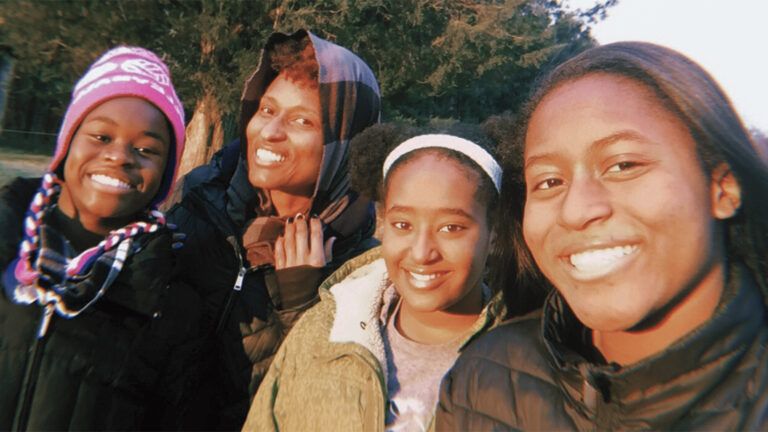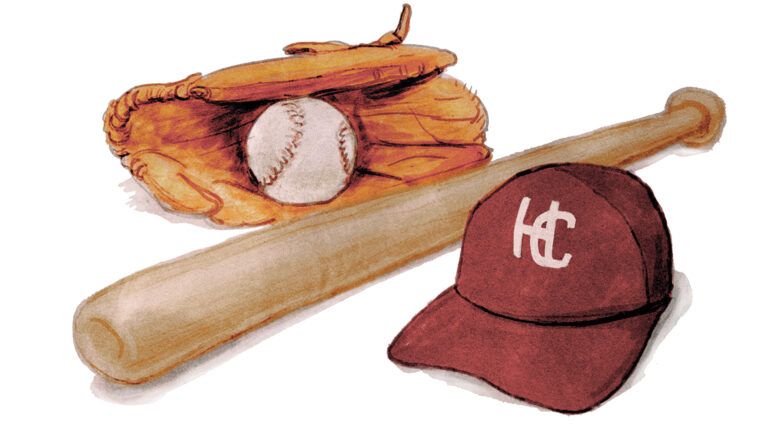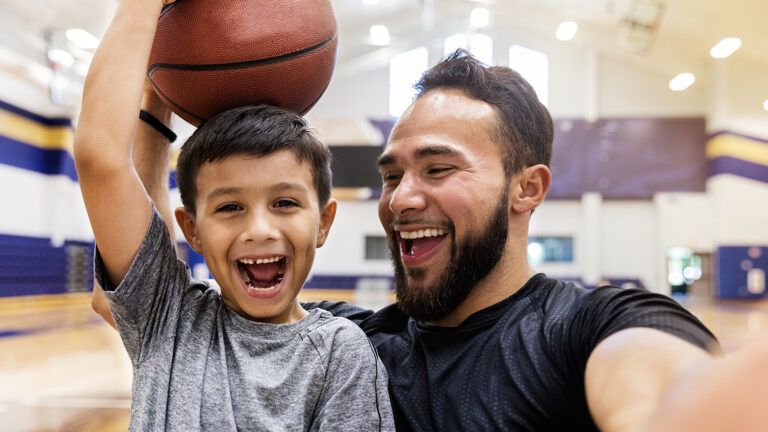I was washing dishes one day last May when my youngest, 11-year-old Nathan, came running into the house.
“Mom, you won’t believe what I found in the mud puddle. Come see!”
We were two months into pandemic lockdown by that point, and remote learning hadn’t been holding Nathan’s interest. I was glad to hear him excited about something.
I dried my hands and followed him to a large puddle in our driveway. “They’re tadpoles!” he said. “Dad said a frog must have laid her eggs in there.”
I bent down for a closer look. There were hundreds of tadpoles swimming around.
“Aren’t they cool?” he said.
The next few days, Nathan kept his eye on the tadpoles. One afternoon he asked if he could use my phone to check the weather. “The puddle is drying up, and it’s not supposed to rain this week,” he said. “We have to do something or the tadpoles will die.”
“What can we do?” I asked, hesitant about where this might lead.
“Operation Tadpole. I’m going to move them into the pond where they’ll be safe.” He grabbed a bucket and headed outside. Within a few minutes, he was back. “Mom, the bucket is too big. There’s not enough water and I’m just scooping up mud.”
I handed him a red plastic cup. “This should work.”
“Can you help? There are so many tadpoles.”
“I have things to do…” I started to say, but the look on Nathan’s face stopped me. This was important to him. I grabbed another cup and followed him.
We scooped up water and tadpoles, walked over to the other side of our property and emptied the cups into the pond. After just a few trips, the puddle was almost out of water but still very full of tadpoles.
“What are we going to do, Mom? We have to get them all out!”
I went back inside and grabbed two plastic spoons. We sat next to the puddle, caught the tadpoles with the spoons and put them in the plastic cups. When the cups were full, we transferred the tadpoles into the pond.
After two hours, there were still dozens of tadpoles to be rescued. I was hot and tired.
Then a fish in the pond swallowed several of the tadpoles. I cringed, hoping Nathan hadn’t noticed. Too late.
“I thought they’d be safe here,” he said, fighting tears. I tried to explain that things like that happen in nature, but he wouldn’t listen. He ran back into the house and grabbed an old fishbowl. “The rest of the tadpoles are coming in the house,” he announced. “I’ll put them back outside when they’re bigger and won’t get eaten.”
We used the spoons to scoop the remaining tadpoles into the fishbowl. How had Operation Tadpole ended with us getting 50 new pets? I wondered. “This is your project and you need to take care of them,” I told Nathan.
“I will, Mom. I promise,” Nathan said. I knew better. Their care would fall on me. Nathan was a sweet, thoughtful boy, but he had trouble following through. Whether it was finishing a chore or putting in the work at school, he dropped the ball more often than not.
I first noticed it when he was in first grade. There was a bulletin board that showed each student’s progress on their math tests. I was dismayed to see that Nathan still hadn’t passed the first test, while most of his classmates had completed 10 or more. We started practicing his math facts each night, but he struggled to memorize them. The same thing happened with spelling. He would spell a word correctly, but less than a minute later, he’d forget. He’d shut down and refuse to keep at it. Then, of course, he’d fall behind.
Nathan’s learning issues had improved a lot since then, but he still needed more help than his siblings had at the same age. He would be starting middle school in the fall, and I wasn’t sure how he would handle the change, especially after being out of school for so long because of the pandemic. We’d done our best with at-home learning, but it wasn’t ideal.
The next morning at breakfast, my husband, Eric, peered into the fishbowl and said, “I wonder why some of the tadpoles are black and some are brown with orange spots.”
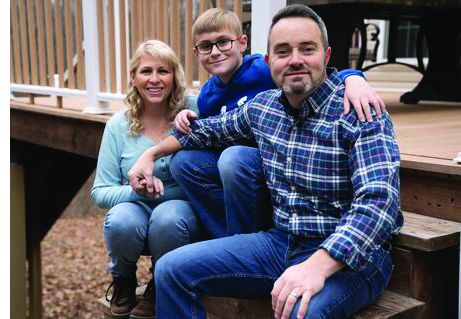
“The black ones are American toad tadpoles and the brown ones with the spots are Eastern spadefoot tadpoles,” Nathan said.
“How do you know that?” Eric asked.
“Last night I looked on the Department of Natural Resources website. It has a list of the frogs and toads that live in Indiana. It describes what each species looks like when they’re tadpoles, so I just matched them up,” Nathan explained.
“What else did you learn?” I asked.
“The Eastern spadefoots will probably change into toads sooner. Their metamorphosis period is between two and nine weeks. The American toads change between six and ten weeks,” Nathan said matter-of-factly.
Eric and I exchanged a look. How did he remember all those details?
Three weeks later, in mid-June, Nathan burst into my bedroom. “The tadpoles have legs!”
I rushed downstairs. Three of the brown tadpoles had back legs. A week later, they’d grown front legs. I found Nathan rooting through the plastic containers in the kitchen. “I’ve got to get the toadlets out of the fishbowl before they drown,” he said. “Tadpoles have gills, but toadlets have lungs.”
“I didn’t know that,” I said.
We found a suitable container. Nathan set up a second habitat with rocks for the toadlets to sit on so they could breathe. I watched him, impressed by his focus. It occurred to me that I’d only had to remind him to feed the tadpoles once that week.
“I love these taddies,” he said.
I smiled. “You’re doing a great job caring for them.”
Over the next several weeks, more of the tadpoles grew their legs and then lost their tails. One afternoon, Nathan and I carried the toad habitat down to the pond and released them next to the water.
“I’m so glad we saved them,” Nathan said.
“Me too,” I said. “It’s been fun, and I’ve learned a lot from you.”
Over the summer, Nathan and I watched the rest of the tadpoles transform one by one into toads. We released them by the pond. By late August, there were just two tadpoles left. Nathan named them George and Harry. We checked on them every day, but they weren’t developing.
“What’s taking them so long?” I asked. “All of the others changed more than a month ago.”
“Every tadpole is different, Mom. They’ll change when they’re ready.”
Nathan started middle school as a hybrid learner. He attended in person two days each week and did at-home learning the other days. Our other kids had done fine with the transition to middle school, but academics had always been harder for Nathan. Would having seven teachers and more assignments overwhelm him? What if he didn’t follow through and fell behind?
Then one morning in late September, I checked on George and Harry, the two remaining tadpoles. Harry had back legs. Finally! I looked at George. Every tadpole will change when it’s ready, I remembered. A lesson I would hold close when it came to my son too.
For inspiring animal-themed devotions, subscribe to All God’s Creatures magazine.
